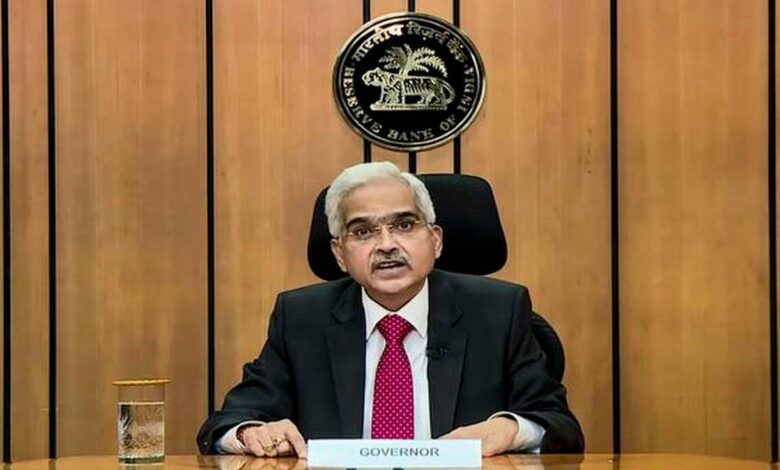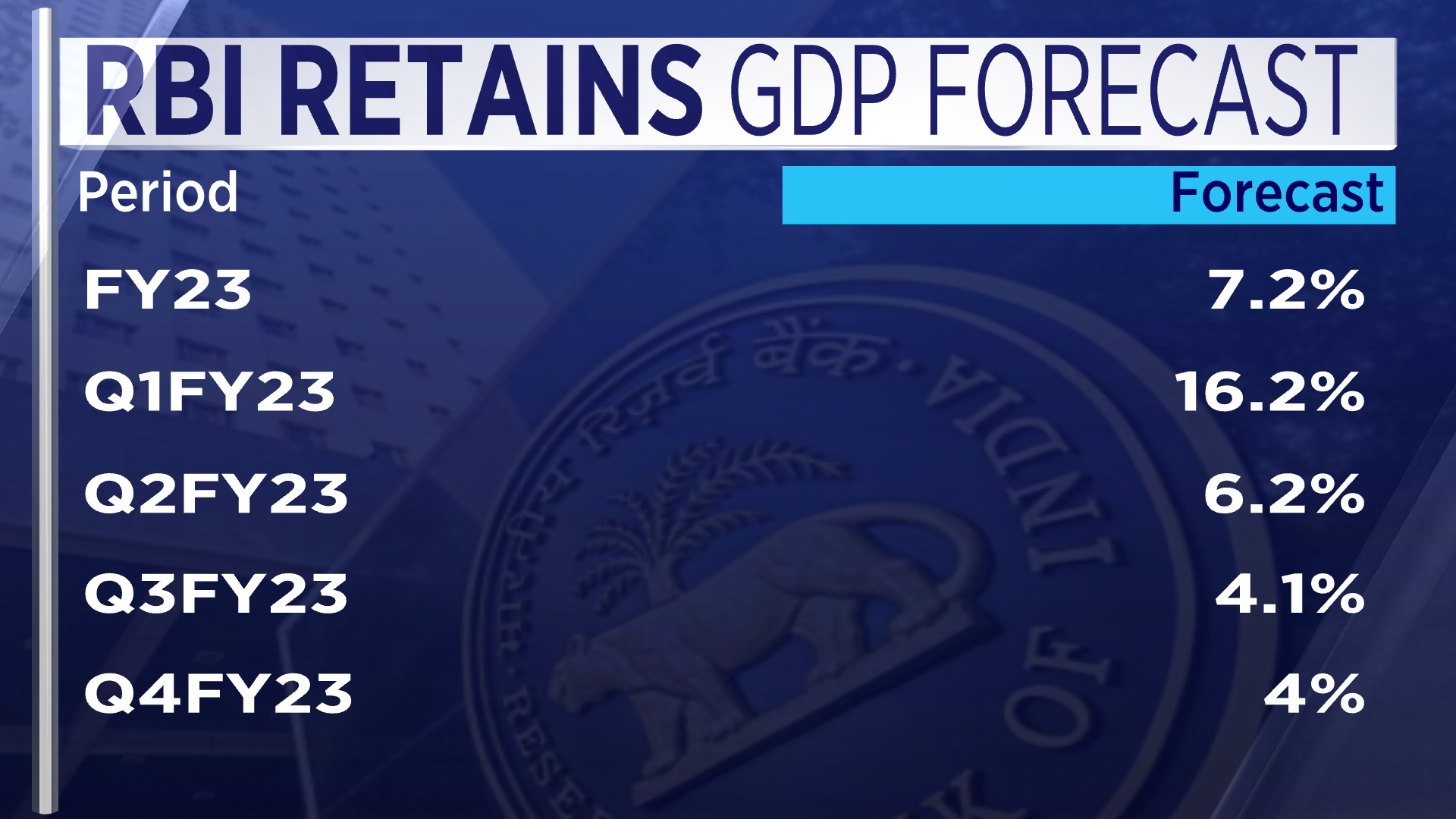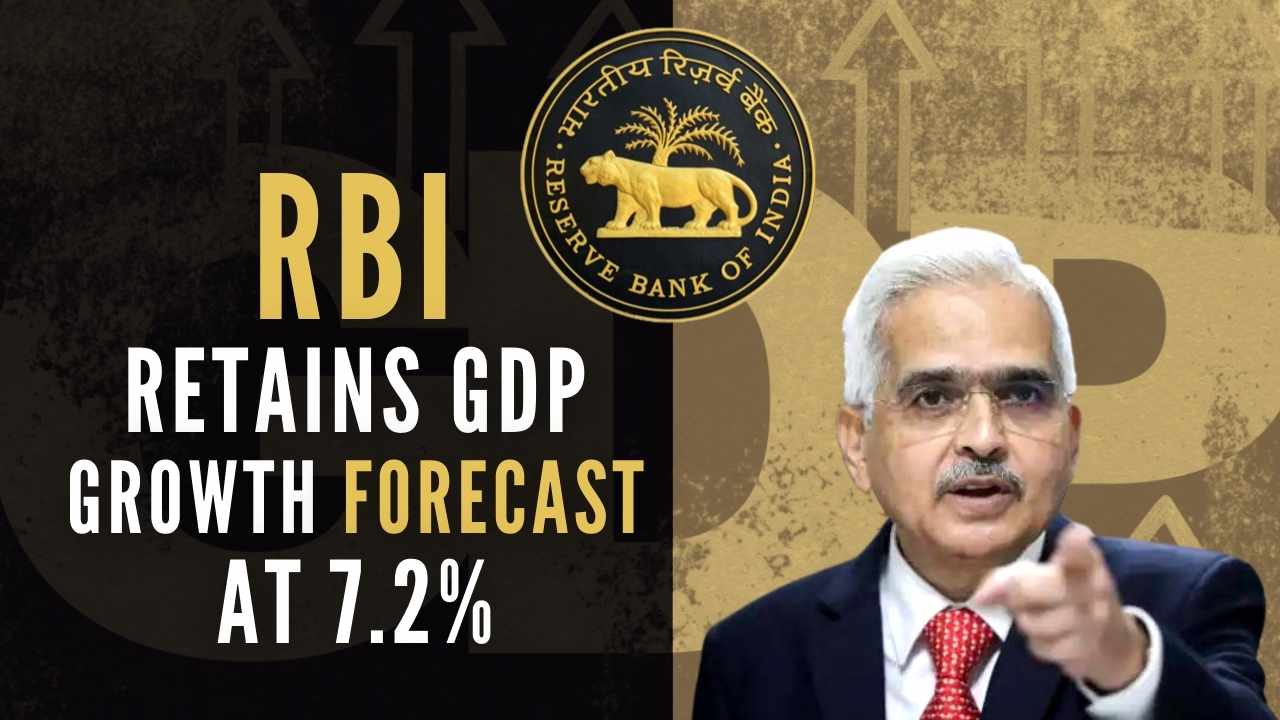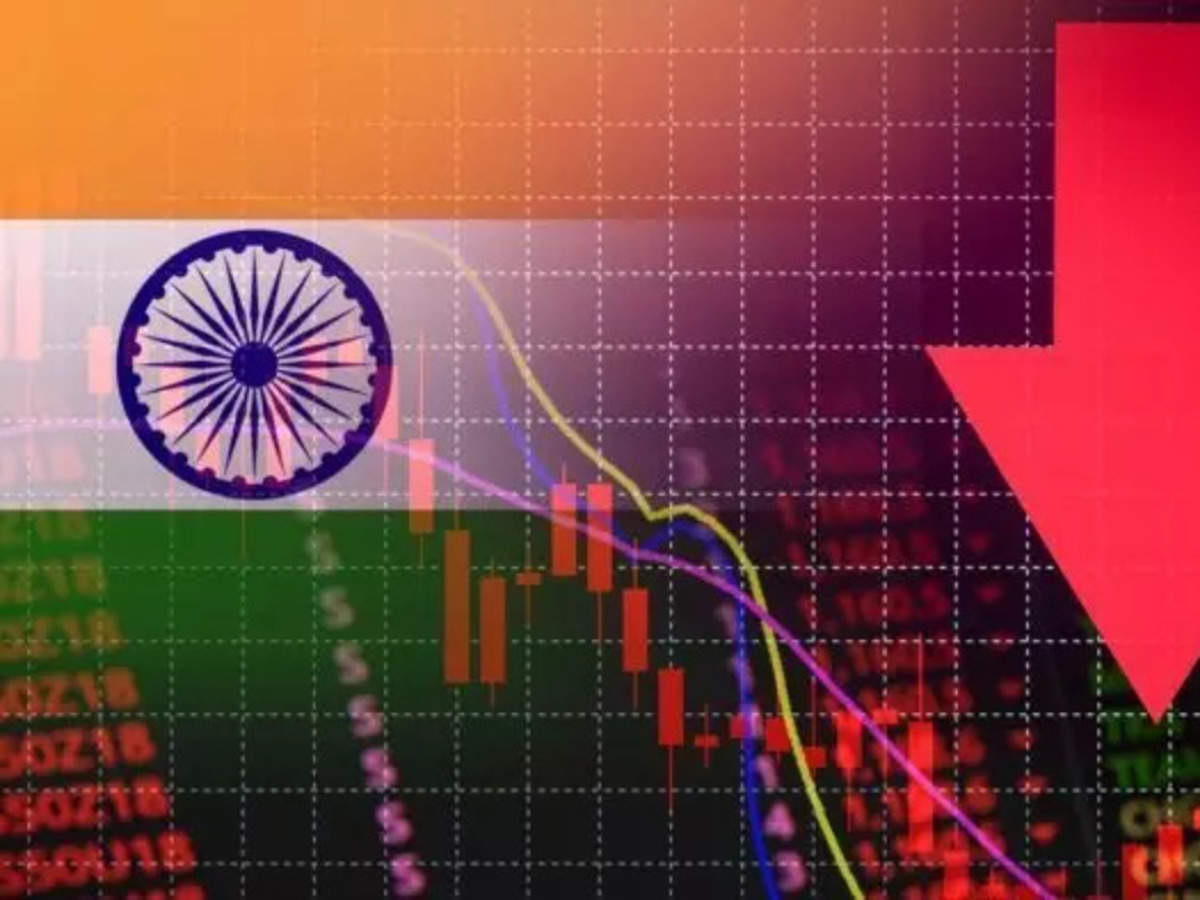India expected to be the fastest growing economy in FY23: RBI Governor.

India expected to be the fastest growing economy in FY23: RBI Governor.
The Monetary Policy Committee (MPC), headed by Reserve Bank governor Shaktikanta Das, has unanimously voted to raise the key policy rate by 50 basis points to 5.4 percent for the third consecutive time. The key policy rate has increased to pre-pandemic levels and has been at its highest since August 2019 in India.
In order to manage inflation and sustain an economy dealing with other difficulties, including rupee depreciation, unemployment, and interruptions in the global supply chain, the central bank has also decided to concentrate on the “withdrawal” of the monetary stance.

The RBI’s most recent repo rate increase, which was primarily announced to combat the country’s ongoing high inflation of more than 7 percent, is in line with market estimates for a 25 to 50 basis percent rise in the critical cost of borrowing.
High-interest rates on their monthly EMIs would burden the average person. As retail loan performance is measured to the RBI’s repo rate with a quarterly reset clause, interest rates on loans (such as home loans) increase when the repo rate, a crucial lending rate for banks, is raised.
The RBI governor thinks the latest rate hike will benefit the local economy despite challenges on the international stage when presenting the other policy choices of the second bimonthly meeting of FY23. The RBI governor claims that the Indian economy is still strong and basically follows the MPC’s June resolution. “There are widespread inflationary pressures, and core inflation is still high. Imported inflation is being caused by market volatility worldwide, he continues.

With this judgment, the bank rate and marginal remaining facility rate have both been revised to 5.65 percent, according to the RBI governor, bringing the SDF or standing bank facility to 5.1 percent.
Despite the efforts made by the government and central bank, retail inflation in the nation has been beyond the RBI’s tolerance zone of 4 percent (+/- 2 percent) for the past six months, which has hampered the nation’s economic progress.
The repo rate has been increased by the RBI by a total of 40 basis points (bps) during an off-cycle session in May, 50 bps in June, and 50 bps today so far in this fiscal year.
Inflation and the RBI
The governor of the RBI predicts that for the first session of FY23, the headline inflation rate will continue over its tolerance band, with some relief anticipated in the fourth quarter.
The Das-led MPC predicts retail inflation to stay at 6.7 percent in FY23 and drop to 5 percent in FY24. This bimonthly meeting does not modify the CPI projection for FY23. Headline inflation is anticipated to stay at 7.1 percent in Q2 FY23, 7.4 percent in Q3 FY23, and 5.8 percent in Q4.

Due to rising food and oil costs, India’s retail inflation reached an eight-year high of 7.79 percent in April 2022. The overall CPI inflation rate decreased slightly to 7.04 percent and 7.01 percent, respectively, in May and June.
GDP and RBI
In FY23, according to predictions from the International Monetary Fund (IMF), Das claims that the Indian economy will grow at the quickest rate. The RBI maintained its 7.2 percent forecast for FY23 GDP growth.
In a previous forecast, the central bank projected that India’s GDP (Gross Domestic Product) would increase by 7.2 percent in FY23 while maintaining its existing projections.
The central bank had forecast 7.8% GDP growth for FY23 before the Russia-Ukraine war began in February. Major international institutions, however, cut their growth projections for India after the war.
On account of slower global growth, Morgan Stanley, a U.S. investment management firm, recently lowered its estimates for India’s GDP by 40 basis points to 7.2 percent for FY23 and by 30 bps to 6.4 percent for FY24.

In a similar vein, the World Bank reduced India’s FY23 GDP growth prediction from 8 percent to 7.5 percent. The financial organization OECD, based in Paris, also predicted that India’s real GDP would increase by 6.9 percent in FY23 and 6.2 percent in FY24.
According to Shaktikanta Das, indications of improvement in urban demand include the production of durable goods for consumers, domestic air passenger traffic, and the sale of passenger cars. However, rural demand indicators showed conflicting results; while two-wheeler sales rose, tractor sales decreased in June over a high base.
According to him, direct investment is also increasing. In May, capital goods production increased by double digits for the second consecutive month, and capital goods imports also experienced substantial growth in June. In July, the manufacturing PMI rose to an 8-month high. Even though it declined from a June peak that was the highest in more than 11 years, PMI services indicated steady growth in July.
“A good southwest rainstorm and Kharif sowing development would enhance rural consumption in the future. The need for contact-intensive services, improved business performance, and rising consumer optimism are all predicted to have a positive impact on urban spending. Investment activity should be supported by the rise in utilization, the government’s push for capital expenditures, and a significant increase in bank credit.

In Q2:2022-23, manufacturing firms anticipate steady growth in production rates and new orders, which is expected to continue through Q4, “Added he.
The RBI governor noted that the global factors of prolonged geopolitical unrest, increased financial market volatility, tightening economic conditions globally, and the threat of a worldwide recession pose challenges to the domestic economy.
“With all of these factors taken into account, the accurate GDP increase prediction for 2022–23 is maintained at 7.2%, with Q1 growth rates of 16.2%, 6.2%, 4.1%, and 4.0%, and risks being roughly balanced. The first quarter of 2023–2024 is expected to have real GDP growth of 6.7%, “added he.
On the Outside Sector
In spite of the recent global spillovers, he claimed that India‘s foreign sector has survived. During the period April to July 2022, merchandise exports increased while imports reached a record high due to rising global commodity prices. As a result, between April and July 2022, the merchandise trade imbalance increased to US$ 100.0 billion.

“Provisional figures show that despite global unrest, demand for exports of services, mainly I.T. services, remained strong in Q1. On a year-over-year basis, exports of transportation and travel services also increased in Q1:2022-23, Das continued.
From the standpoint of external financing, net foreign direct investment (FDI), which totaled $13.6 billion in the first quarter of 2022–2023 compared to $11.6 billion in the same period last year, was strong.
After continuing in exit mode from April to June 2022, foreign portfolio investment started to become positive in July 2022.
Additionally, the central bank changed its lenient approach to assist growth while ensuring that inflation stays well below the objective. According to IMF forecasts, “India is anticipated to be among the fastest rising countries during FY2022-23 with signs of inflation reducing over the remainder of the current year,” added Das.
He added that exports of goods and services and remittances might help keep the current budget deficits (or CAD) within manageable bounds. When commenting on the current global situation, Das noted that emerging markets are experiencing currency depreciation and deposit losses and that high food and energy prices are making these countries’ means of subsistence vulnerable.

Das added that despite brief corrections, the financial markets have remained restless, and as a result, the International Monetary Fund (IMF) has lowered its prediction for world growth.
Given that all of the projects will be carried out by contractors, the money spent on creating multimodal logistic parks, metro systems, motorways, and trains is anticipated to generate demand for the private industry.
To fund its necessary expenditures to support the economy, the government expects to borrow an unprecedented Rs 11.6 lakh crore from the markets in 2022–2023. This is around Rs 2 lakh crore more than the budget forecast for the current year, which is Rs 9.7 lakh crore.
With a gross borrowing amount of Rs 14,95,000 crore for the upcoming fiscal year compared to the B.E. for 2021–22 of Rs 12,05,500 crore, it will be the biggest ever. The fiscal deficit, which is the difference between government spending and revenue, is expected to decrease to 6.4% of GDP in 2019 from the current fiscal year, which ends on March 31.



